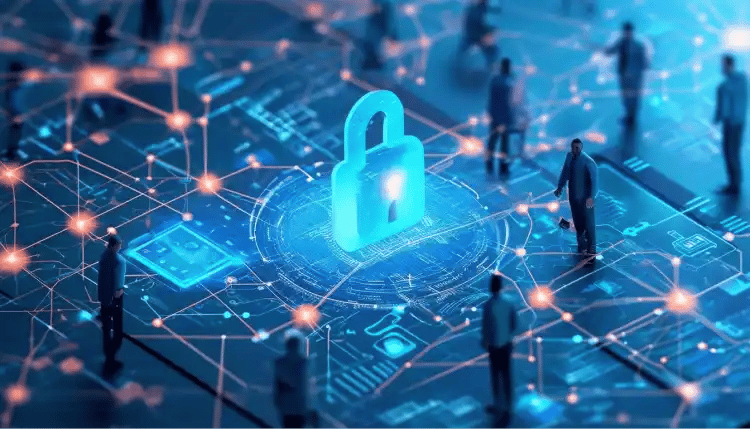As technology advances, the lines between cyber and physical security increasingly blur. Securing your assets—both digital and physical—has become more crucial than ever. Whether you are on a physical or cyber security team, the main focus should be risk assessment and management.
What is Cybersecurity?
Since 2004, the President of the United States and Congress have declared the month of October to be National Cybersecurity Awareness Month. Cybersecurity involves protecting technical assets, such as physical and virtual systems, networks, and their data, as well as preventing unauthorized use and abuse. This ever-growing field encompasses a variety of specializations and practices, including:
- Network security: Safeguarding on-premise and cloud networks from intrusions, breaches, and disruptive attacks.
- Information security: Ensuring confidentiality, integrity, and availability of information systems.
- Application security: Employ strategies to design software applications intelligently, ensuring they remain free from exploitable vulnerabilities.
- Endpoint security: Securing physical and virtual devices like servers, workstations, phones, and IoT devices against threats.
- Red and blue teams: Hunting for and protecting against threats respectively.
“Cybersecurity is an encompassing term, but the through line is thoughtful architecture centered around risk analysis to defend critical assets,” said Graham Taylor, Tech Enablement Manager at HiveWatch. “Cybersecurity professionals must continue to add loops to their tool belt, architecting, auditing, and training as threats large and small aim to disrupt operations or pose threats to sensitive information.”
What is Physical Security?
Physical security refers to the protection of tangible assets and facilities from physical threats such as theft, vandalism, and natural disasters. Key elements include:
- Access control: Simply put, these are the systems and measures to ensure that only authorized personnel can enter specific areas. (Learn more about access control in this blog.)
- Surveillance: Using cameras and monitoring systems to observe and record activities.
- Alarm systems: Devices that alert security personnel to unauthorized access or breaches.
- Environmental controls: Safeguards against environmental hazards like fire, flooding, or extreme temperatures.
The main job of the physical security team is to keep people, assets, and the brand safe. They protect against internal and external threats. To do this well, you need the right tools and resources. These tools should not only ensure safety but also add value to the business.
The Overlap Between Cyber and Physical Security
As physical security uses more smart devices, IT or information technology teams play a key role. This means that teamwork and smart technology choices are important for improving response times. The two security domains are deeply interconnected:
Integrated systems: Many modern security solutions combine physical and cyber elements. Smart security systems manage access and surveillance. They often connect to other applications. This creates new threat vectors that need cybersecurity measures.
Data protection: Physical security measures and policies, such as safeguarding server rooms and data centers with the least privilege, are crucial for protecting information from theft or tampering.
Incident response: An effective incident response plan often involves both cyber and physical aspects. For example, a data breach often requires physical security investigation, technical scrutiny of audit trails, and other digital forensic examinations in real time.
Threat convergence: Cyber attacks can target physical systems, such as critical infrastructure or IoT devices, making it necessary to have a coordinated approach to address potential threats.
HiveWatch was designed to bring cyber and physical security teams together, providing capabilities for your GSOC to align with your cybersecurity strategy via the cloud and under your team's control. It helps identify anomalies by correlating data and offers a unified dashboard, advanced analytics, incident management, and integration capabilities.
Learn more about elevating your physical security to match your cyber security in this ebook.
So in other words...
Understanding the differences and overlap between cyber and physical security is essential for developing a robust protection strategy. While each domain has its specific focus, the convergence of digital and physical threats necessitates an integrated approach. HiveWatch offers a powerful solution that bridges these two areas, enabling organizations to safeguard their assets comprehensively and efficiently.
To stay ahead of evolving security threats and ensure the protection of your assets, consider exploring HiveWatch’s innovative solutions. By adopting a unified security strategy, you can enhance your organization's resilience against both cyber and physical threats.
Request a demo.








